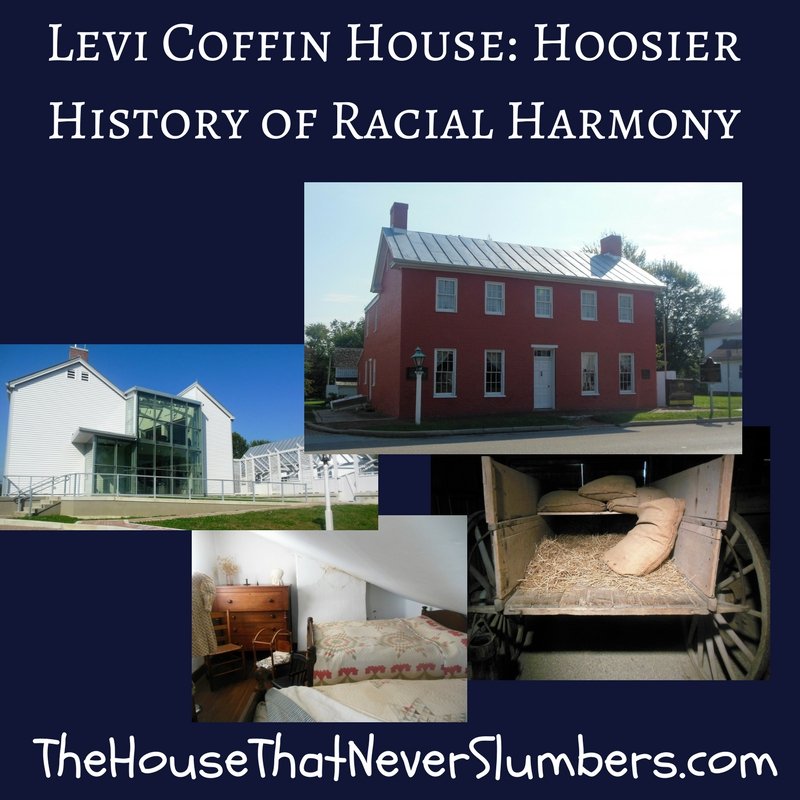
The Levi Coffin House: Grand Central Station of the Underground Railroad
You will not find a finer example of historic preservation in Indiana than the Levi Coffin House. This nugget of Hoosier history was restored to its 19th-century splendor many years ago and has been maintained through the years mostly by the dedication of devoted volunteers with some more recent help from the Indiana State Museum. This National Historic Landmark located in Fountain City, Indiana (formerly known as the town of Newport in Levi Coffin’s day) was once considered Grand Central Station of the Underground Railroad because of the more than 1000 slaves who passed through the house during their escape to freedom.
My two younger girls and I had the pleasure of visiting the Levi Coffin House recently for a field trip with our homeschool group. This was not our first visit to the Coffin house, but it’s the first time MissChatterbox can remember it. I’ve taken the tour of the Levi Coffin House a number of times both as a child and as an adult bringing my own children. The first time RiflemanDad and I toured the house with the older two children, my mom was out in her yard when we pulled in the driveway upon our return and asked the kids where we had been. BullseyeBubba was about four at the time. With complete seriousness and in his squeaky toddler voice, he told Nana, “We went to Levi Coffin’s House, but he wasn’t home.” We had a nice chuckle about his comment. It must have been a bit confusing to a small child who was accustomed to visiting homes where the occupants were either home or not home. He obviously had no point of reference for visiting the home of a historical figure who had been deceased for more than a century.

*This post may contain affiliate links.
Racial Harmony in the Hoosier Heartland
The Levi Coffin House is located in Wayne County, Indiana. Wayne County and its neighboring Randolph County were formed as a result of a large migration of Quakers who left the Carolinas to flee the evils of slavery. The Quakers believed slavery was wrong. They came north to make their new homes in the free state of Indiana. Some of these migrating Quakers actually raised funds to purchase as many slaves as they could before coming north and gave those individuals their freedom upon arrival.
These hearty Quakers, acting on their principles, were willing to leave the modern conveniences of the more populated south to  enter the backwoods of Indiana which was basically the edge of the frontier in the 1820’s. Lots of people living in Wayne and Randolph Counties today descend from these Quaker lines. Because Quakers were not allowed to marry out of unity, many of those Quaker lines are intricately intertwined in a tangled web. As a descendant of some of these lines, I actually share ancestry with Levi Coffin. His great-great-grandparents are our shared ancestors, making us third cousins six times removed.
enter the backwoods of Indiana which was basically the edge of the frontier in the 1820’s. Lots of people living in Wayne and Randolph Counties today descend from these Quaker lines. Because Quakers were not allowed to marry out of unity, many of those Quaker lines are intricately intertwined in a tangled web. As a descendant of some of these lines, I actually share ancestry with Levi Coffin. His great-great-grandparents are our shared ancestors, making us third cousins six times removed.
Its location in Wayne County made the Levi Coffin House an ideal stop on the Underground Railroad. It was situated in an area that was on the route to Canada for freedom-seekers after their crossing of the Ohio River. Three free black settlements, where residents were active in helping escapees, were located in Randolph County, just north of the Coffin house. The general sentiments of the Wayne/Randolph County area were predominantly anti-slavery. In addition to a large number of free black settlements in the vicinity, the Union Literary Institute in Randolph County was one of the very first integrated schools in the nation. Although not all residents of the area were abolitionists willing to risk everything by actively aiding runaway slaves, most were willing to look the other way with no intention of turning in their gutsy neighbors, like the Coffins, who were engaging in activities which were actually illegal at that time.
Levi Coffin Courageously Acted on Personal Convictions Even When It Meant Breaking the Law
Although most of the population of the area was against slavery, not all were willing to take the risks the Coffins did to help slaves escaping to freedom. The northern states were free states. Though it was illegal for residents to own slaves, it was also illegal for folks in the north to help escaping slaves because they were still viewed as the property of their southern masters under fugitive slave laws. What does a Godly man do when the Word of God and the dictates of his own conscience are in direct conflict with the law of the land? Levi Coffin answered to God, not government, when the two clashed.

There have been many others, even those in more recent history, who have been faced with a similar dilemma of personal conviction. Spiritual discernment and answering to God and following His Word above all else have been an important focus in our homeschooling. We’ve spent a lot of time concentrating on other heroes of history who were willing to endure the risks associated with acting in accordance with Biblical precepts even when it meant defying the earthly authority. If you would like to learn more about some of these other heroes, you may want to consider reading Corrie ten Boom: Keeper of the Angel’s Den and/or Brother Andrew: God’s Secret Agent. Both books are part of the Christian Heroes: Then and Now Series and are written by Janet and Geoff Benge. We’ve enjoyed a number of the books from this series as some of our favorite family read-alouds. The ten Boom family hid Jews in their home during the Holocaust. Brother Andrew fought in the Dutch Resistance against the Nazi occupation of their land and later smuggled Bibles behind the Iron Curtain. Like Levi Coffin, these brave folks risked their personal safety and freedom to lovingly meet the needs of others.
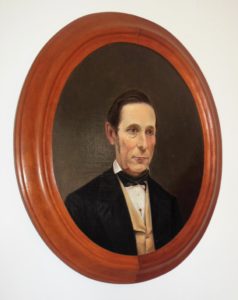 Levi Coffin was a man of honor and dignity. He held himself to the utmost standard of morality, but under the contemporary legal notions of his day, he was a lawbreaker. He could have been convicted as a criminal. When forced to testify in court concerning the role he played in aiding runaway slaves, Mr. Coffin was far too clever to incriminate himself. If you take the tour of the Levi Coffin House, you will learn how Levi outsmarted his accusers with a clear conscience without even needing to commit a sin by lying.
Levi Coffin was a man of honor and dignity. He held himself to the utmost standard of morality, but under the contemporary legal notions of his day, he was a lawbreaker. He could have been convicted as a criminal. When forced to testify in court concerning the role he played in aiding runaway slaves, Mr. Coffin was far too clever to incriminate himself. If you take the tour of the Levi Coffin House, you will learn how Levi outsmarted his accusers with a clear conscience without even needing to commit a sin by lying.
The Levi Coffin House was a House of Purpose
The Coffin House is a marvelous dwelling. I’m sure the Levi Coffin House was also a house that never slumbers, possibly even more so than my own, with visitors arriving at all hours of the night. It was generally necessary for freedom-seekers to travel under the cloak of darkness. There are many amazing features of the house which may very well have been deliberately created for the purpose of keeping the activities within the house as discrete as possible. The Coffins lived in the area for some time before the construction of the house and may have been helping freedom-seekers even before they lived in the dwelling we can tour today. They likely designed certain aspects of the house for the convenience of their Underground Railroad activities. In his writing, Levi mentions a time when fourteen slaves were hidden in the “garret” with a piece of furniture covering the opening.
This tiny door is believed to be the entry to that “garret.”

How would you like to be crammed into this tiny space with fourteen other travelers?

My absolute favorite feature of the Levi Coffin House is the well in the basement. There is a creek running behind the house, and it would have been common in those days for the family to carry water from the creek. For a house that needed a well, that well would have normally been outside the dwelling. However, the Coffin house has a very nice spring-fed well right inside the basement. My mom says she remembers being allowed to take a drink from the well in the Coffin House one time when she visited. They don’t let you do that today, but the well is still a fully functioning well. Carrying abnormal amounts of water to the house would have been a clue to anyone watching the house that there were more than the expected occupants within those walls, so the well beneath the house was likely an intentional and purposeful addition to cloak what was going on inside the home.

Putting your well inside your basement is no longer legal. I’ve always thought the well at the Levi Coffin House was cool and wanted to put our well in the basement when we built our house, but it’s now against building codes. A well dug today has to be located a certain distance from the house.
The main kitchen of the Levi Coffin House is also located in the basement next to the well. A summer kitchen located outside the house would have been more usual in that day. Several features of the basement kitchen lead historians to believe it was the one used for cooking and dining. This was likely a purposeful design to discretely accommodate the many visitors who received food and lodging from the Coffins.

Clever covert components are not limited to the house alone. Inside the barn, visitors can view a false bottom wagon used to secretly transport freedom-seekers on their journey from one safe house to the next.

Take a look at this luxurious outhouse! It appears one of the seats is child-sized. How cute. There are seven of us living in The House That Never Slumbers, and I sometimes feel like four bathrooms are not enough for us. I’m guessing this three-seated outhouse did not seem adequate at times in a home that was hosting dozens of visitors.
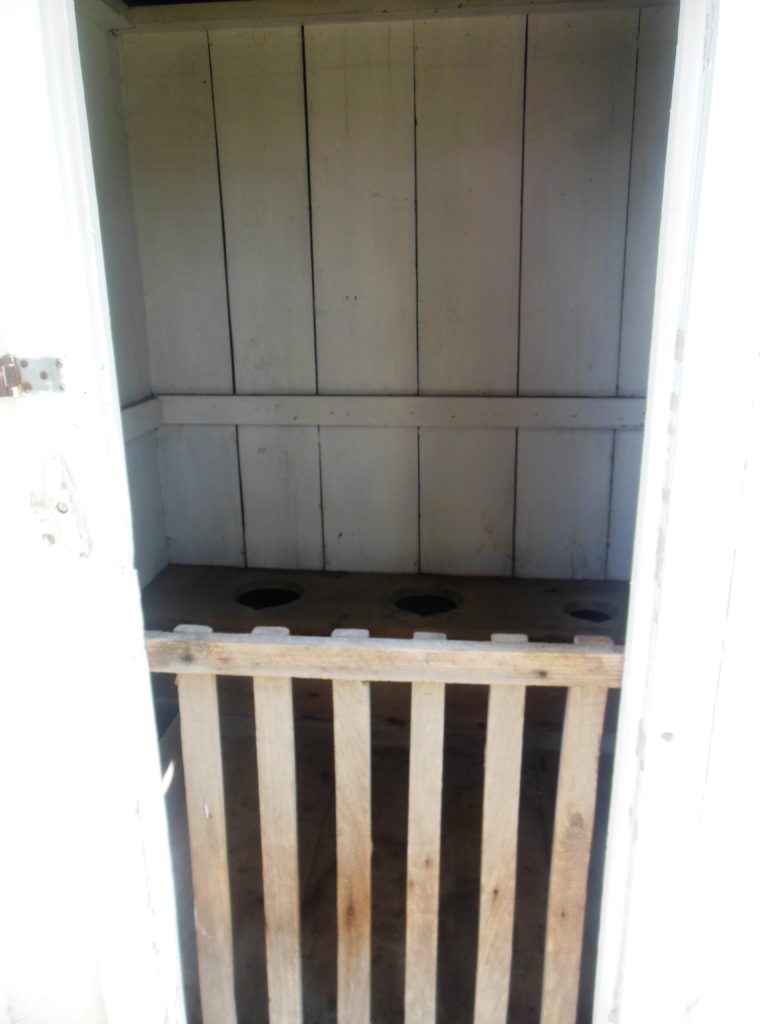
Hoosiers Helping Hoosiers: The True Path to Social Change
There were many others involved with Underground Railroad activities. The Coffins could not have accomplished the monumental task of aiding hundreds of slaves on their way to freedom without the help of others. There were other safe houses along the route before and after the Levi Coffin House. There were former slaves in the free black settlements of the area also providing aid to these individuals. The Underground Railroad is one of the finest historical examples of Hoosier Hospitality. Blacks, whites, mulattos, men and women who were free, men and women who were slaves, men and women who were former slaves were all working hand in hand for a cause that was dear to their hearts.
With so much focus lately on strife and division and racial tensions, let us remember a time when our forefathers and foremothers worked in unity and harmony to bring about social change. Levi Coffin and his associates affected social change in the only way anyone can truly bring about lasting change, and that is by personally helping one individual at a time. The Coffins weren’t loud about it. They weren’t belligerent or violent or destructive. They weren’t self-seeking or looking for any sort of recognition. They simply acted with kindness and compassion toward their fellow citizens, and look at the huge impact they had, the hundreds of lives they touched! The Coffins are just one of the many examples of quiet strength that have left a huge imprint on so many lives.
Old Things Have Become New with the Interpretive Center
Although this was certainly not my first visit to the Coffin house, this was my first time inside the new Levi and Catharine Coffin Interpretive Center next door to the house.
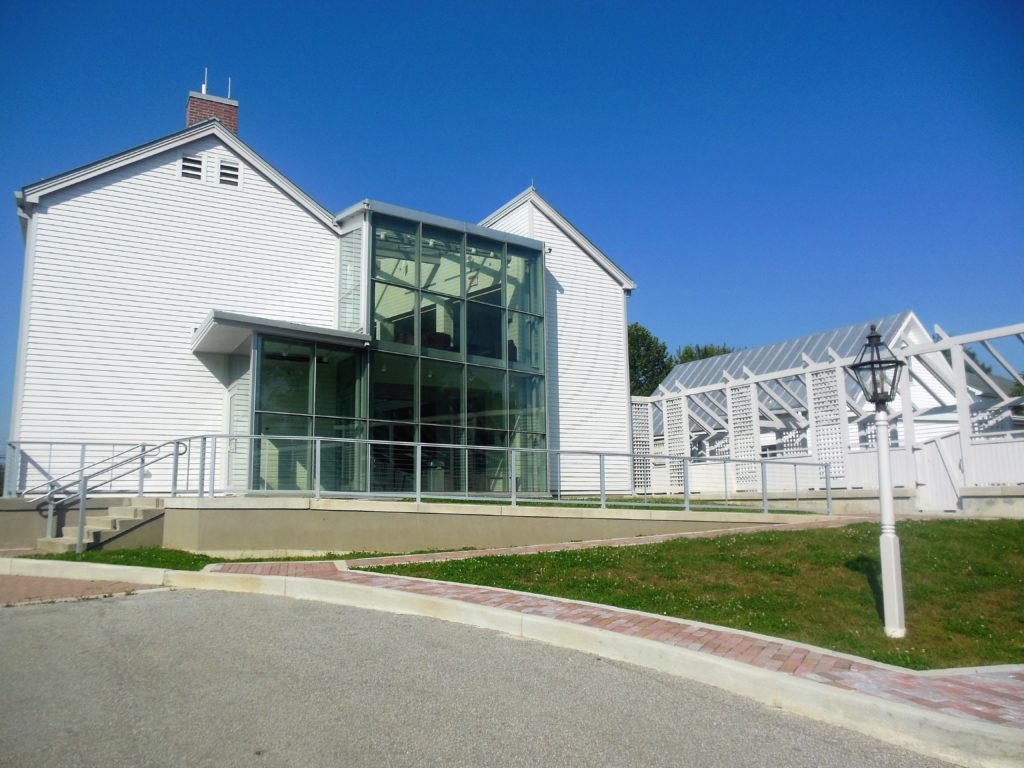
The land and building next door to the Coffin house had just been acquired on my most recent prior visit. The interpretive center was only a dream during my last tour. The building itself is impressive, but the exhibits inside are top notch.
The historic home that provides the front facade for the interpretive center is from the same era as the Levi Coffin House. The center is very unassuming.

The front still looks just like the house has always looked, yet the back is completely different. It’s a perfect metaphor for the secrets of the story contained within its walls. The video shown to visitors as they arrive gives a nice overview of the history surrounding the Levi Coffin House.
Other Interesting Sites in the Fountain City Area
We have always stopped at the nearby park for lunch either before or after a tour of the Coffin house. There’s a nice playground, a shelter building, and restrooms.
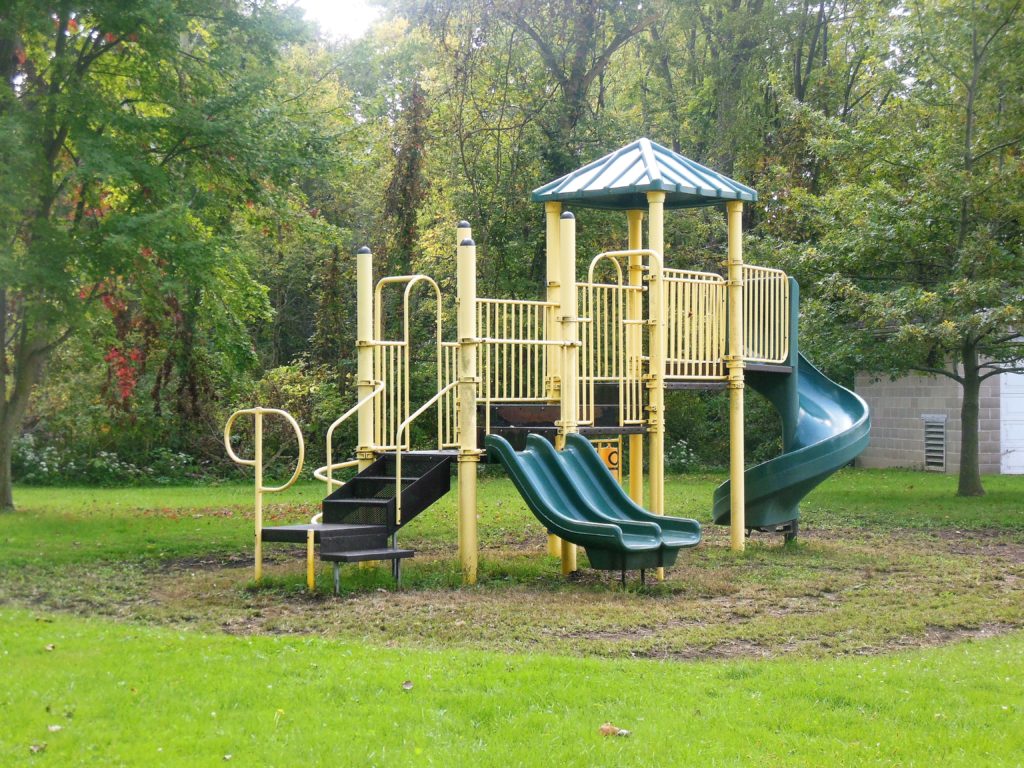
The creek that runs along the park is the same creek that runs behind the Levi Coffin House. The freedom-seekers would have likely traveled along that very creek on their journey to the back door of the Coffin home.

You simply cannot visit Fountain City without a stop at Fountain Acres Foods, an Amish bulk food store and one of the most impressive attractions in the vicinity.
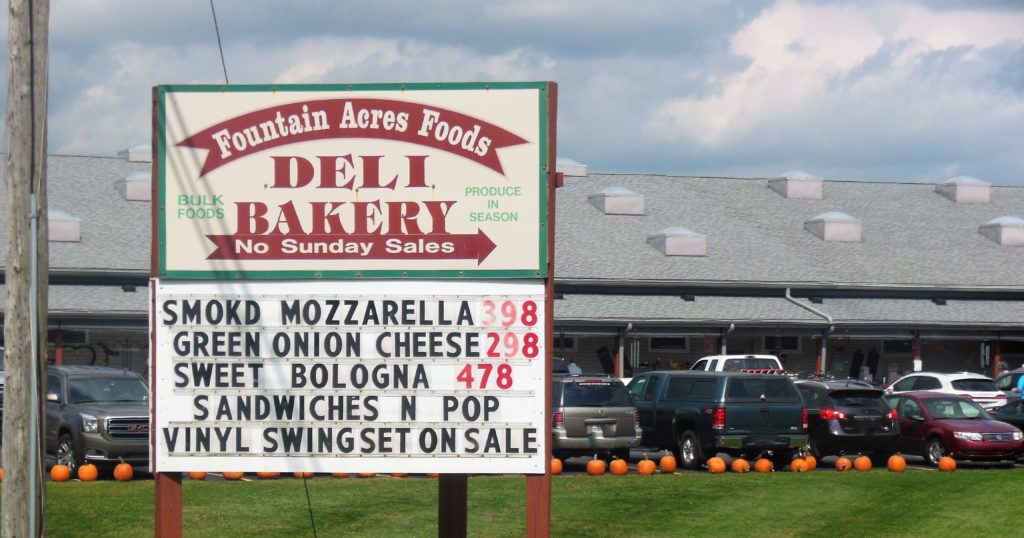
This place has a little bit of everything! We affectionately call it Amish World or The Amish Superstore. It’s always crowded. People drive from other states to see it. It’s expanded several times since it originally opened.

It has a deli where you can sample every kind of cheese imaginable. There’s a bakery which I always try to steer my kids away from because they want to buy everything. There are bulk spices, grains, and a bazillion kinds of candy.
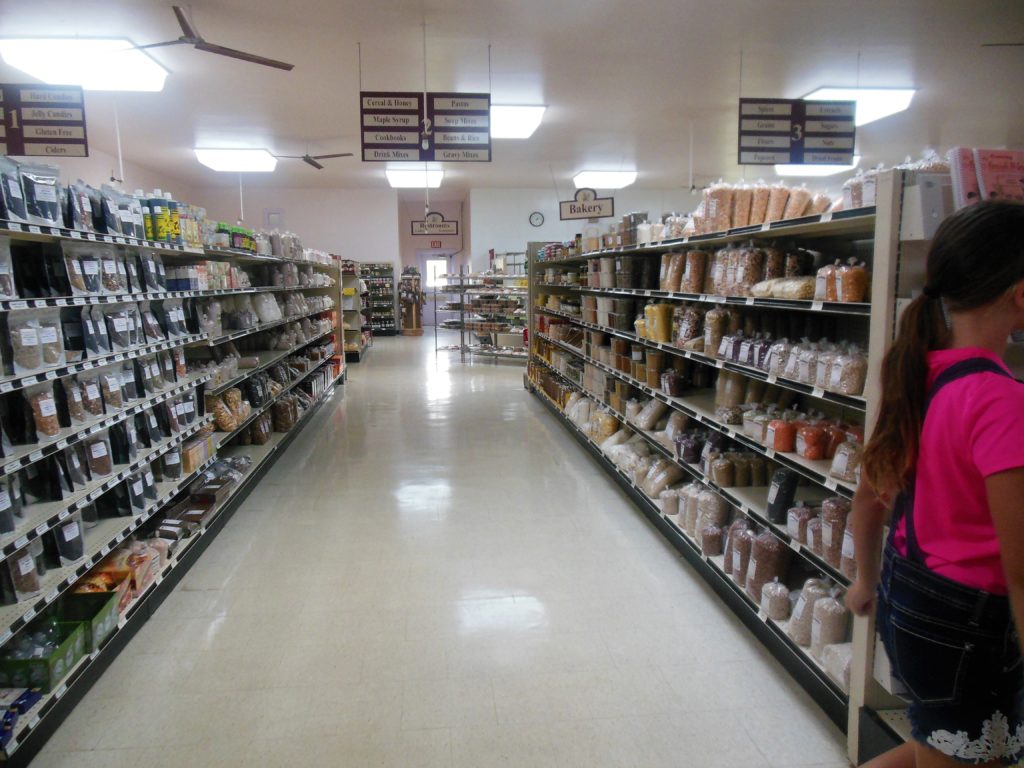
And then there’s all the yard stuff. Seriously, you just have to see it for yourself!

Before You Visit The Levi Coffin House
I always try to prepare my kids with a good historical context before we participate in any field trip like this. I personally prefer well- researched historical fiction over non-fiction informative texts because it tends to be more interesting, but I often bring in a little of both. The links below are some of our favorites involving the Coffins, the Underground Railroad, and the Civil War. A couple of the resources are available for only around $1 each if you download them on the Kindle app. In my experience, those really cheap ones have not been the most interesting for kids though. If you only have time and/or money for one, I would probably go with Courage to Run: A Story Based on the Life of Harriet Tubman for the broadest overview of slavery, the Underground Railroad, and the plight of freedom-seekers. Please note, books about this era of history often contain information about the harsh realities. There are mature topics (some of a sexual nature) covered in most resources concerning that time period. I don’t really censor history for my kids. I don’t wish to sugar coat what actually happened. Rape was a harsh reality of slavery. Slave masters fathering children with very young girls was a reality of slavery. We just cover it in a matter-of-fact manner, and it provides us the opportunity to discuss important topics together. You should always preview any material you share with your children to determine if you are comfortable covering those topics with them. Don’t take my word for it because you and I may have very different ideas about what’s appropriate for a particular age.
researched historical fiction over non-fiction informative texts because it tends to be more interesting, but I often bring in a little of both. The links below are some of our favorites involving the Coffins, the Underground Railroad, and the Civil War. A couple of the resources are available for only around $1 each if you download them on the Kindle app. In my experience, those really cheap ones have not been the most interesting for kids though. If you only have time and/or money for one, I would probably go with Courage to Run: A Story Based on the Life of Harriet Tubman for the broadest overview of slavery, the Underground Railroad, and the plight of freedom-seekers. Please note, books about this era of history often contain information about the harsh realities. There are mature topics (some of a sexual nature) covered in most resources concerning that time period. I don’t really censor history for my kids. I don’t wish to sugar coat what actually happened. Rape was a harsh reality of slavery. Slave masters fathering children with very young girls was a reality of slavery. We just cover it in a matter-of-fact manner, and it provides us the opportunity to discuss important topics together. You should always preview any material you share with your children to determine if you are comfortable covering those topics with them. Don’t take my word for it because you and I may have very different ideas about what’s appropriate for a particular age.
Let us know in the comments if you have any other favorite resources. We would also love to hear of any other field trip sites you might like to see us cover in the future.
Additional Online Resources
- Indiana State Museum – Levi and Catharine Coffin State Historic Site – Hours and Tour Prices
- Waynet: Levi Coffin House – Historical Information
- Facebook: Levi Coffin House – Current Happenings
If you would like to get involved with the preservation efforts concerning the Union Literary Institute, please contact Roane Smothers at rsmoth1026@aol.com .


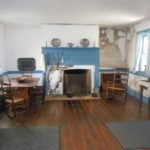

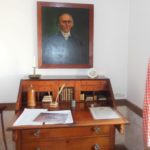





So interesting!
Yes! Fascinating history.
Such a well written article and good photos. Thank you!
Thank you! And thanks for your endless dedication to the Levi Coffin House through the years! It’s a timeless treasure, and I know it wouldn’t still be in operation without the devotion of you, your sister, and others.